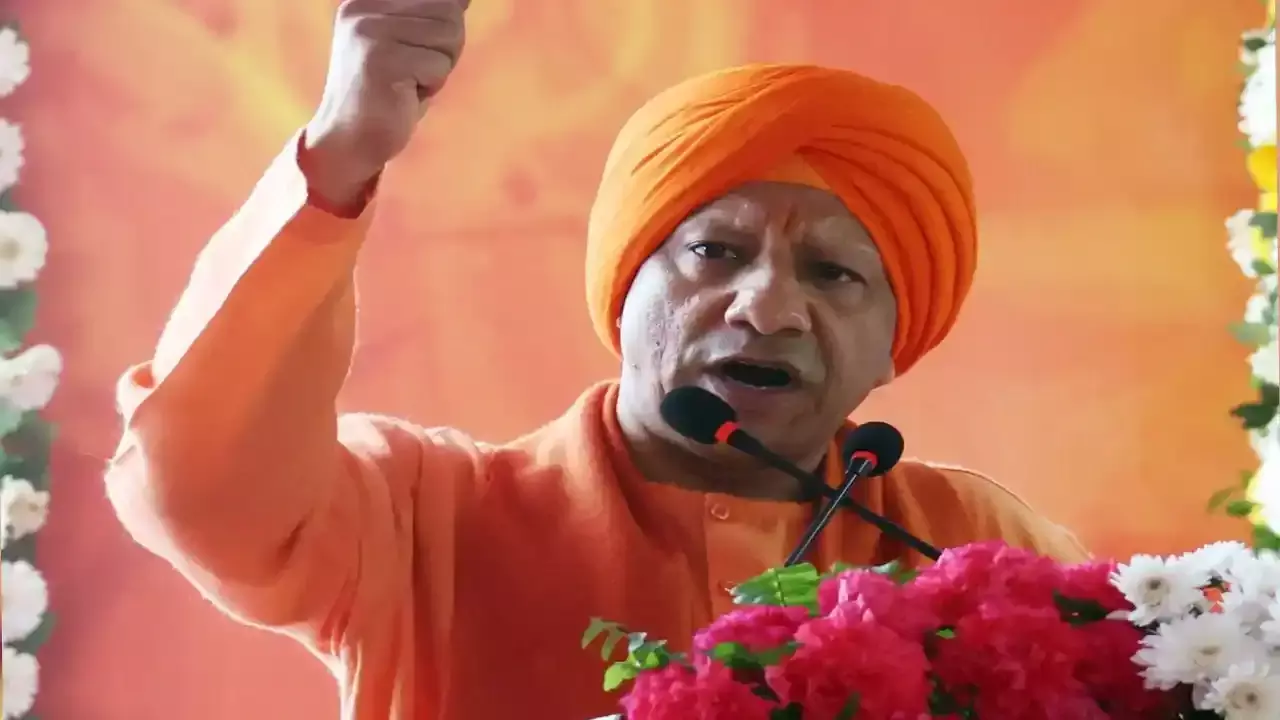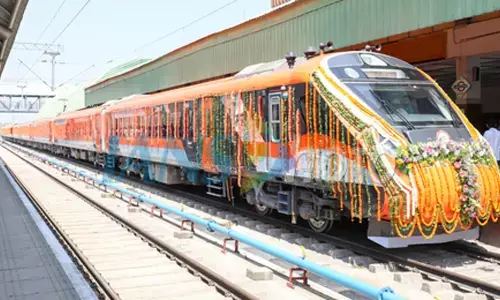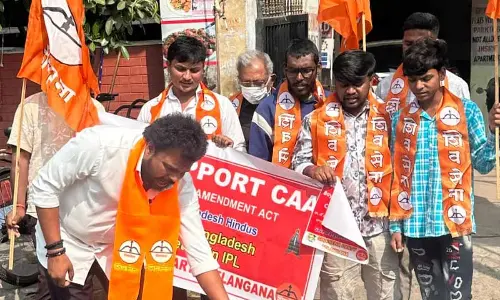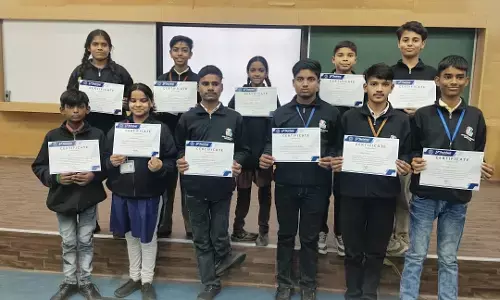New driving factors for realty growth
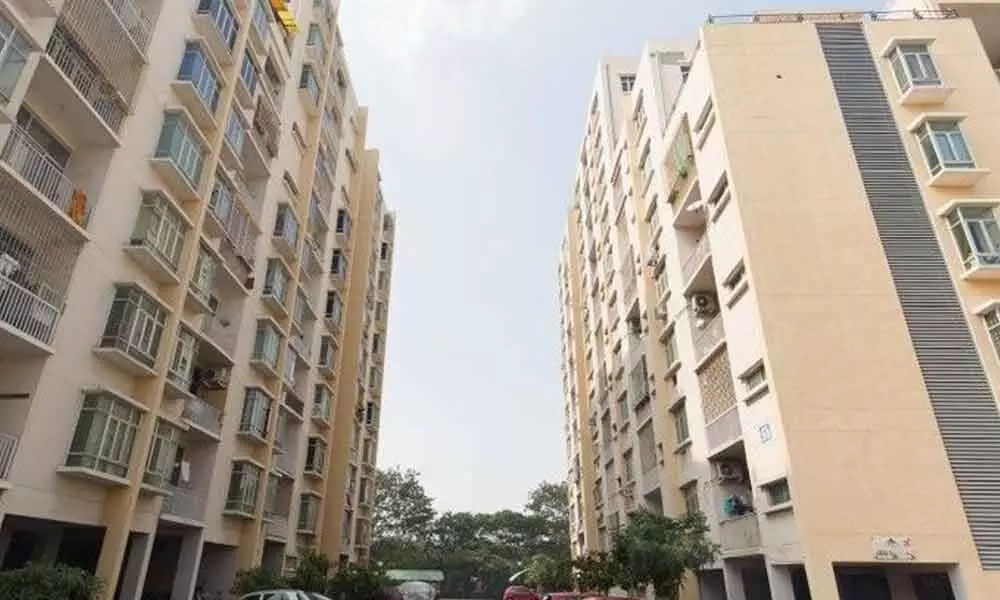 New driving factors for realty growth
New driving factors for realty growthThe spotlight is clearly on south India’s residential market comprising Hyderabad, Bengaluru, and Chennai as they have emerged as the best-performing markets in the country. These three markets continued to resist recessionary pressures and witnessed price appreciation thanks to the emergence of new demand drivers
Notwithstanding a sluggish economy, the real estate industry has largely remained stable during 2019 and there are signs of comforting prospects for 2020.
Keeping in line with the market sentiment, the government has continued with its push for affordable housing in the budget. According to Magicbricks PropIndex Q4, 2019, it is evident that India's home buyers now prefer houses under Rs 4,000-Rs 5,000 per sft but there is a supply mismatch in this category. And rightly so, the government's decision to continue with tax benefits by another year for development of affordable housing (for real estate developers) and allowing an additional deduction of Rs 1.5 lakh on interest component for buyers of affordable homes is a welcome move.
Credit Linked Subsidy Scheme (CLSS) under PMAY acted as a catalyst as 40 per cent of home buyers continued to search in the budget segment of apartments priced up to Rs 5,000 sq ft. But it is just not affordability that is driving the real estate market.
Our data suggests that along with affordability, availability of a steady supply of ready-to-move-in properties, proper infrastructure, uptick in commercial and newer business models have emerged as the new demand drivers for India's residential real estate.
Out of the 12 key residential markets of India, market dynamics were positive for 10. In the prominent markets of MMR (Mumbai Metropolitan Region), Delhi, Gurgaon, Noida-Greater Noida, Pune, supply managed to keep pace with the demand while maintaining stagnant prices. The spotlight was clearly on south India's residential market comprising Hyderabad, Bengaluru, and Chennai as they have emerged as the best-performing markets in the country. These three markets continued to resist recessionary pressures and witnessed price appreciation thanks to the emergence of new demand drivers.
Uptick in commercial realty
Factors such as economic growth and job creation have boosted the growth of commercial real estate in the southern markets. According to industry estimates, in 2019 nearly 60 per cent of India's demand for commercial real estate was generated from the markets of Bangalore, Hyderabad, and Chennai while Bangalore alone accounted for 30 per cent of the demand.
This strong growth demand is led by expansionary activity in the technology and IT-BPM space, ramp-up by flexible workspace players and investments of companies in global capability centres.
The outlook for commercial real estate, both office and retail, look positive as banks' lending to commercial real estate projects rose 15 per cent in July 2019 compared to 4.2 per cent in the same period in 2018. Industry reports also suggest that the PE investments in commercial real estate received close to $3 billion funds in the first three quarters of 2019.
Availability, affordability,and trust
Affordability, availability, trust are driving the strong consumer demand for residential real estate in these three markets. With reliable developers who have completed projects in time, goodwill and positive sentiment have been created in these markets which primarily have been driven by end-users.
South India's residential markets for long have been end-user driven. The demand for new projects by developers such as Prestige, Sobha and Brigade continued to top the active listings chart on Magicbricks, showing a preference for developers with reliable track records.
The trust is apparent from the fact that Chennai remains unique amongst the Indian cities, where UC properties command a premium over RM properties as consumers prefer fresh construction with the latest amenities.
With most of the searches and active listings getting concentrated in the lower price brackets less than the Rs 5,000 per sqft segment, the market would continue to be driven by affordability and availability.
Demand from millennials
The rising millennial population is creating demand for co-living in the cities of Hyderabad, Bangalore, and Chennai. When mapped supply versus demand, our data suggests that in these three markets demand significantly outpaces the supply.
While supply (listings on Magicbricks) in tier I cities grew by 110 per cent in 2018, the supply in these three cities grew by almost 200 per cent. Hyderabad is witnessing mushrooming of PG operators in and around Gachibowli and Hitech City to primarily service the working population while in Bengaluru this is more prevalent in Whitefield, Marathahalli, Kadubeesanahalli, BTM Layout and Koramangala due to their proximity to business parks.
In Chennai, a real estate developer has tied up with an operator for a premium project for co-living. With capital values of residential properties relatively lower than other cities, co-living provides ample scope for owners for higher returns, hence opening up a world of opportunities for organised players.
As we move forward, we expect the industry to recover from the liquidity crisis and hope trusted developers to infuse new supply. However, current trends suggest that India's real estate growth story has transcended beyond the realms of the primary market. It is now more about the rise of new sectors – co-living, co-working, and affordable housing, which would drive the sector forward.
(The author is CEO of Magicbricks. Views expressed in the article are his own)








